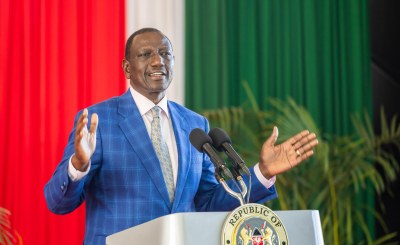Kenyan President William Ruto has re-appointed several key cabinet members he had dismissed last week. The reappointments were announced during a televised speech, where President Ruto described this move as the initial step towards forming a unity government. He assured the public that more nominations would follow in the near future.
Among the 11 reappointments, Kithure Kindiki was reinstated as the Interior Minister, Aden Duale returned as the Defence Minister, and Soipan Tuya resumed her role as the Environment Minister. Additionally, President Ruto reshuffled the portfolios of two other ministers, aiming to optimize their effectiveness in addressing the nation’s pressing issues.
This reshuffling and reinstatement come on the heels of President Ruto signing the controversial Kenya Housing Levy Law, a measure aimed at addressing the country’s substantial debt. The law, however, has been met with widespread opposition, leading to protests and civil unrest. The proposed $2.7 billion tax increases were particularly contentious, prompting violent demonstrations that resulted in numerous casualties and forced the president to reconsider his approach.
President Ruto’s decision to dissolve the cabinet was initially seen as a move to pacify the protesters and explore alternative solutions to the financial crisis without exacerbating the public’s burden. The reappointment of key ministers is part of a broader strategy to stabilize the government and reassure the populace of its commitment to addressing their concerns.
The recent protests underscore the challenges faced by the Kenyan government as it navigates high public debt and soaring living expenses. The youth-led demonstrations reflect widespread frustration and demand for immediate action to alleviate economic pressures.
As the situation unfolds, President Ruto’s administration continues to seek a delicate balance between fiscal responsibility and social stability. The success of these reappointments and forthcoming nominations will likely play a crucial role in determining the administration’s ability to restore public confidence and achieve its goals.





